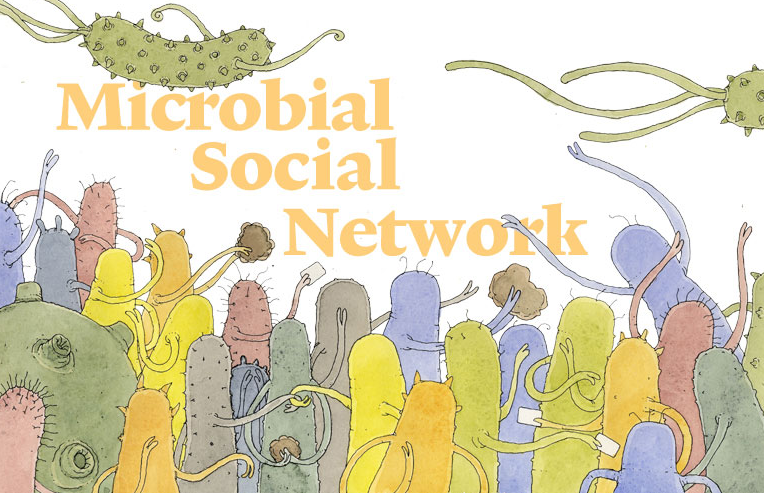HHMI Bulletin / Fall 2013 /
Inside the human gut, trillions of microbes are networking. They’re passing notes of collusion to friends, handing out business-card-like identifiers to the immune system, and signaling threats to competitors. Some messages are game-changers, causing bacteria to shift their behavior, produce a new compound, or abandon the gut altogether. Other signals confirm that all is well.
In the late 1990s, scientists began to appreciate the extent and importance of the microbes that live in the human body—on the skin; in the mouth, stomach, and intestines; even inside ears and eyelids. Using modern genetic techniques, they began taking a census of the body’s microbes, collectively called the microbiome, and discovered that they varied based on diet, health, and environment.
“At the beginning, we in the field had this idea that we’d be able to create one single reference data set for a healthy microbiome,” says microbiologist David Relman of the Stanford University School of Medicine. “Now we’ve tempered our expectations as we’ve realized the complexity. There will be no one answer to what makes up a healthy microbiome.” … Read more in the HHMI Bulletin.

